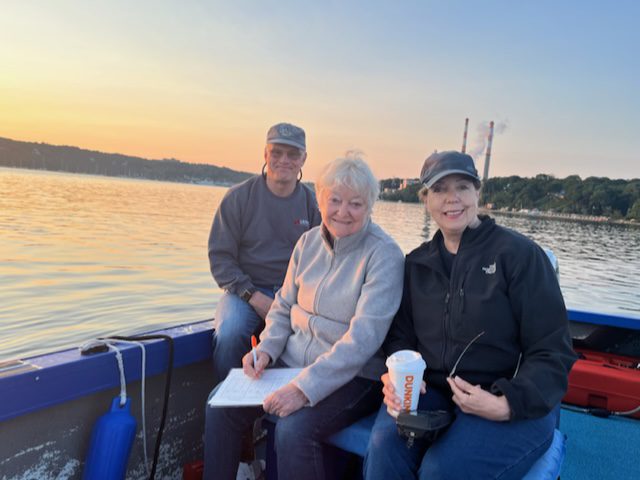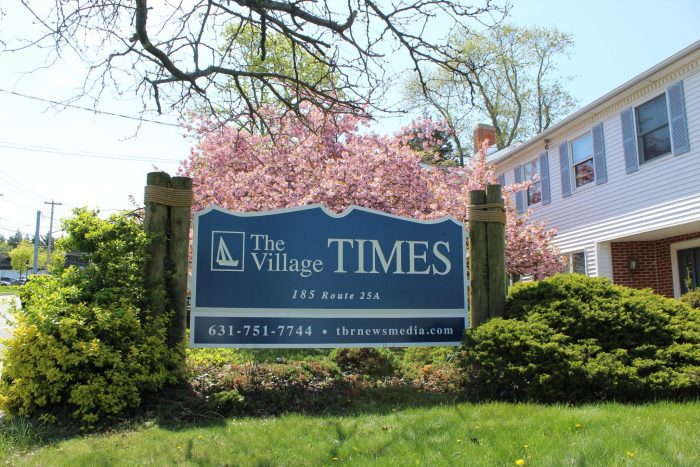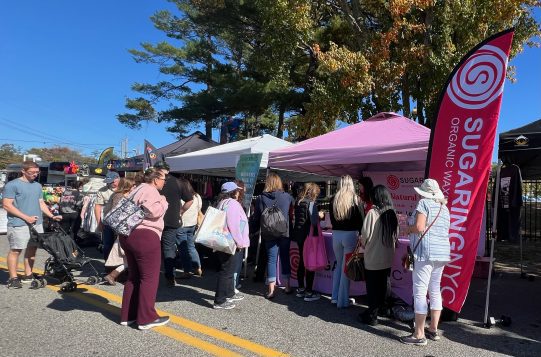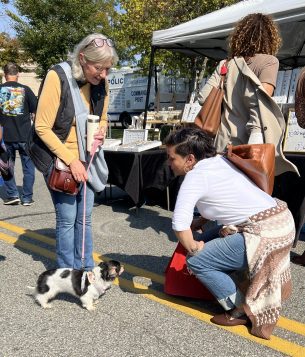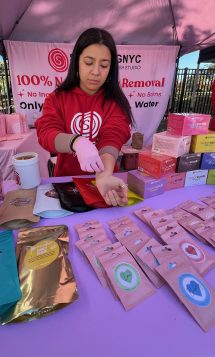By Daniel Dunaief

My wife and I have been voting early for several years. We like the convenience of early voting and find that we don’t tend to have to wait too long through the potential long lines of Election Day.
This election day, in particular, seemed problematic to us, as talk of unofficial and party-trained monitors, some of whom are watching over the elections themselves while others are observing the actions of other monitors, are poised to pollute the process.
We drove to the early site, looking carefully from the road at the number of cars in the parking lot and the length of the line out of the building.
If the line exceeded a certain visual marker, we would have returned at another day and time. When we were sure the queue was shorter than our maximum, we pulled into the parking lot, where we immediately found a spot.
Standing outside in an organized, relaxed and respectful crowd, we opened our phones to take a last look at the backgrounds of some of the down ballot candidates and at the experiences of would-be officials who were unaffiliated with either major party.
An elderly black woman appeared behind us, holding a tiny bijou cream-colored dog inside her coat.
“I hope that dog has an official ID,” I offered, as she smiled at me. “Which way is she leaning this year?”
The woman shared a broad and welcoming grin and said her dog’s papers were up to date.
As other voters joined the line or exited the polling place, several people came over and chatted with her about her dog.
“I miss my dog so much,” a man said, as he asked if he could pet her puppy.
She said he was welcome to visit.
“I lost my dog a few months after I lost my wife,” the man said, barely holding back tears.
The rest of us offered sympathetic glances at the man, who, despite sharing a palpable and visible grief, had come out to vote.
The line continued to build, with a 30-something man in scrubs standing next to the woman with the dog.
As others waited for their turn behind us, almost everyone grinned at the dog whose calm demeanor and charm could easily have won him votes if he were running for office.
Once inside the building, the election official with a name tag that read Sarah asked a woman to dispose of an almost empty drink container in the nearby restroom. Sarah promised to hold the woman’s spot, while the voter deposited her trash.
When my wife and I got to the front, Sarah asked the woman behind us if her dog was a service dog. The woman hesitated and then said she had a bad ankle and would have to carry the dog all the way back to the car.
Sarah apologized and also planned to hold her spot. I walked to the open check in desk, handed over my driver’s license and was asked to pronounce my last name. I was directed to another line, where I waited until another official took me to a voting machine.
The woman who returned her dog to her car was standing at a desk. She said she had considered describing her dog as a service animal, but thought better of lying.
Once at a voting machine, I started making my choices.
“Kamala Harris, Kamala Harris, Kamala Harris,” a Black girl who was about 10 years old shouted in a loud crescendo as her mother stood in the machine next to mine.
“So sorry,” her mother sighed, smiling at me, as she tried to contain her daughter’s excitement.
This young girl clearly didn’t share any of the fear, name calling, or anger of this election. She read a name she knew and was overflowing with unbridled enthusiasm.
As a parent, I wished I had told that woman to videotape her daughter’s delight, not only for the historic nature of the moment, but also to capture the sound of an enthralled, youthful voice.




